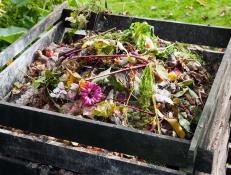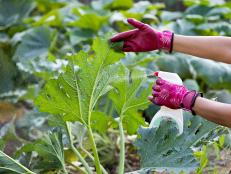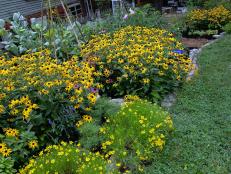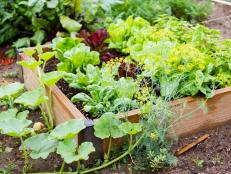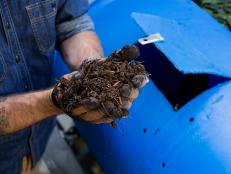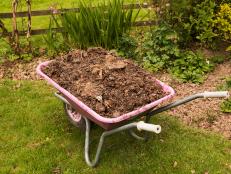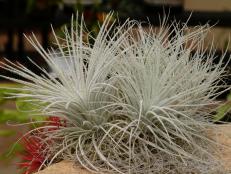Organic Gardening Techniques Help Control Pests
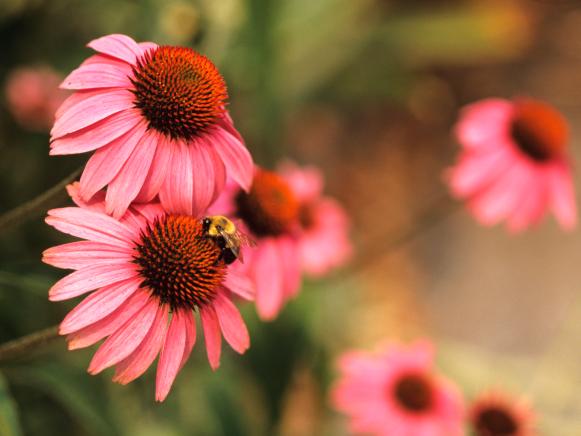
When insects like bees and leafhoppers can control their own populations, there's no need for pesticides. Insects keep themselves in natural check because some of them are natural predators of each other, says organic expert Erica Renaud at Seeds of Change in El Guique, N.M. "But also they are competing for food sources, so when that happens they will monitor and manage their own population."
To create what Renaud calls an "insectary," pick the right plants. For example, purple coneflower (Echinacea purpurea) is a native species that attracts butterflies and bees. "This is an example of both an insectary and cover crop, so plant this to attract insects and pollinators and to cover the soil and protect it from erosion," she says.
Cover cropping is another organic technique where crops are planted for the sole purpose of conditioning the soil. Used to promote soil fertility, cover cropping also helps with water drainage and weed control. Buckwheat, fava beans and clover are great cover crops.
Compost plays a huge part in the organic growing process. At the Seeds of Change farm, composting is done on a large scale in formations called windrows. A windrow is usually about 8 feet wide and 5 feet tall in full form. The compost is a mixture of manure for nitrogen, twigs and leaves for carbon and vegetable matter for nutrients.
As a general rule, the more compost is turned, the faster it matures. The maturation process for one windrow is eight to nine months. At the end of the process, it should look just like soil - indicating a high humus count -and have no unpleasant aroma. "If your compost still has a bad anaerobic smell-it has too much oxygen and is still fermenting - then it's not ready. It can actually be toxic to your plants," Renaud says.
One of the objectives of the farm is to develop new organic varieties of crops that can grow in a range of climates. Onions are one such crop popular among growers all over the country. The 'Rossa Di Milano' onion has a globelike shape, keeps for a long time and has a sweet flavor.
Lime, lemon, cinnamon and Italian large-leaf basil are popular herbs. 'Red Rubin' is a favorite among growers for its striking purple foliage. It can be used as a culinary herb as well as an accent plant.
Genovese basil is particularly popular because it's used in making pesto. Harvest by pinching just below the leaf nodes (where the leaves are attached to the stem). This helps to make the plant bush out, giving you more volume and more basil to harvest.
Some brightly colored flowers at the grocery store are synthetically dyed, but you don't have to sacrifice flower color when you go organic. There are several cultivars of zinnia that come in a variety of colors and can be harvested all season long. But gardeners aren't the only ones attracted to their brilliant colors. "Butterflies are really attracted to color," says Renaud. "There are lots of pinks and oranges, and they are really attracted to that."







